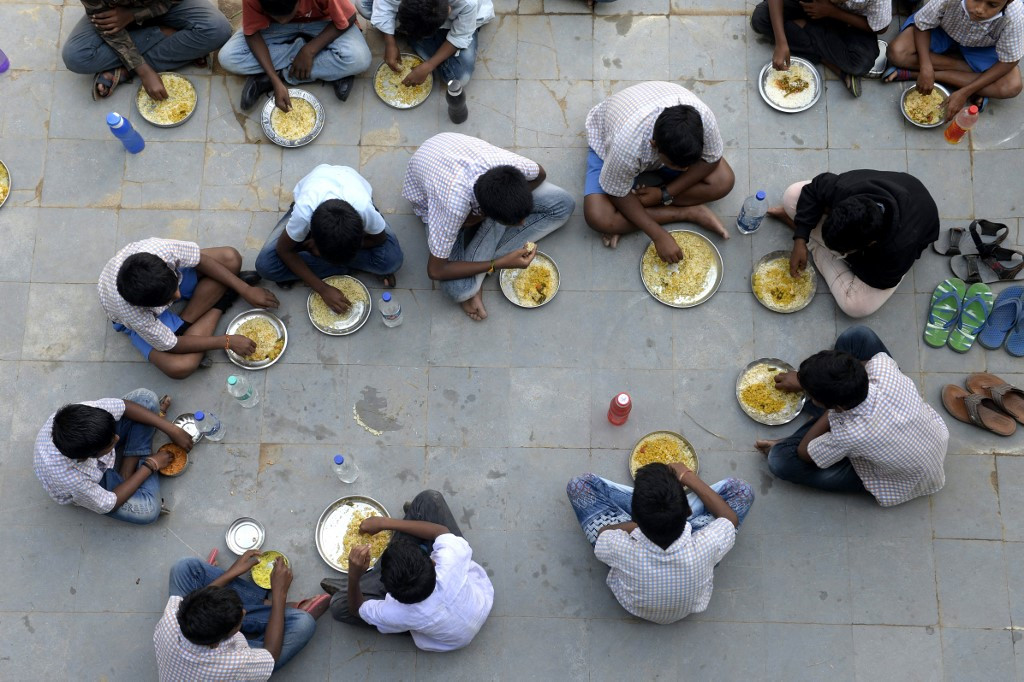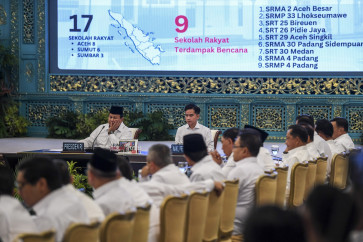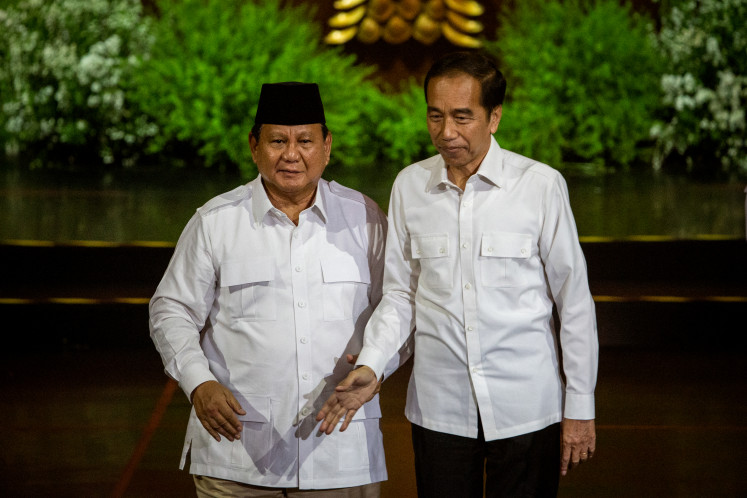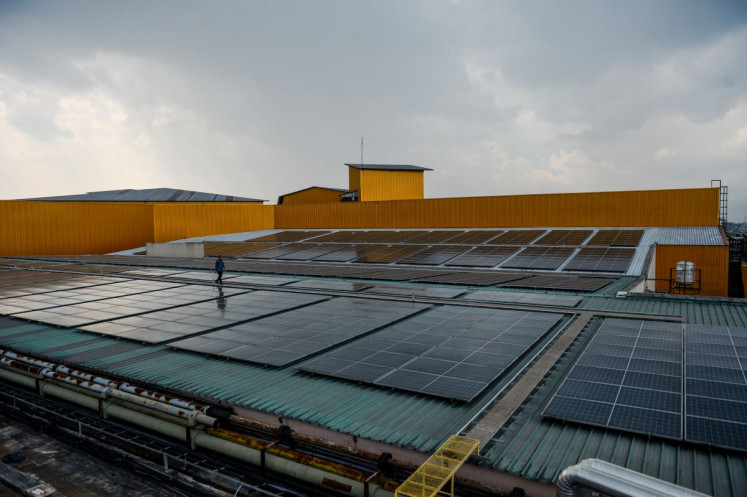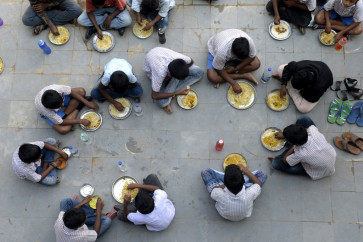Popular Reads
Top Results
Can't find what you're looking for?
View all search resultsPopular Reads
Top Results
Can't find what you're looking for?
View all search resultsWhat a mission-oriented approach to school meals could do
When designed properly, school meals represent a powerful opportunity to transform entire food systems, achieve zero hunger, drive economic growth and advance climate and environmental goals.
Change text size
Gift Premium Articles
to Anyone
T
he global food system is failing on multiple fronts. With more than 2.6 billion people unable to afford a healthy diet, over 500 million are expected to be chronically undernourished by 2030.
Worse, at a time when meeting future demand requires a 50 percent increase in food production, food-system productivity is actually declining, owing partly to rising climate risks. Agrifood industries are not only driving biodiversity loss, land degradation and a global water crisis, but also generating almost one-third of global greenhouse-gas emissions.
School-meal programs could brighten this picture. Current annual spending on them stands at US$84 billion worldwide, reaching 466 million children, an increase of $36 billion since 2022. When world leaders met in Brazil last week for the Global Summit of the School Meals Coalition, they rightly celebrated this progress. Countries from Canada to Indonesia are launching national programs, creating one of the world’s largest social safety nets.
But school meals are about more than expanding welfare provisions. When designed properly, they represent a powerful opportunity to transform entire food systems, achieve Sustainable Development Goal 2 (“Zero Hunger”), drive economic growth and advance climate and environmental goals. As I argue in a new report with the World Food Program, realizing this potential requires moving beyond social policy to embed school meals in industrial strategies, with procurement serving as a key lever of change.
For decades, the dominant economic-policy approach has been to “fix” markets only after they have already failed. Hence, governments and international aid programs tend to provide meals in situations of acute need, while rarely challenging the underlying incentives shaping food systems. Public procurement typically rewards low costs and risk minimization, entrenching short-termism at the expense of a longer-term investment perspective.
The primary beneficiaries have been large agrifood corporations, with the entire sector exhibiting high levels of financialization and concentration of market power. As a result, many children are served food that is high in calories but low in taste or nutrients, and opportunities available to local, more ecologically sustainable producers remain limited.
Siloed governance reinforces the problem. With education ministries generally overseeing school meals, existing programs are rarely connected to broader industrial strategies, agricultural policies, or climate initiatives. Billions of dollars are being spent annually without any serious effort to leverage the transformative potential of public investment. That is why more than 150 Nobel and World Food Prize laureates have called for a “moonshot approach” to fix the global food system.

